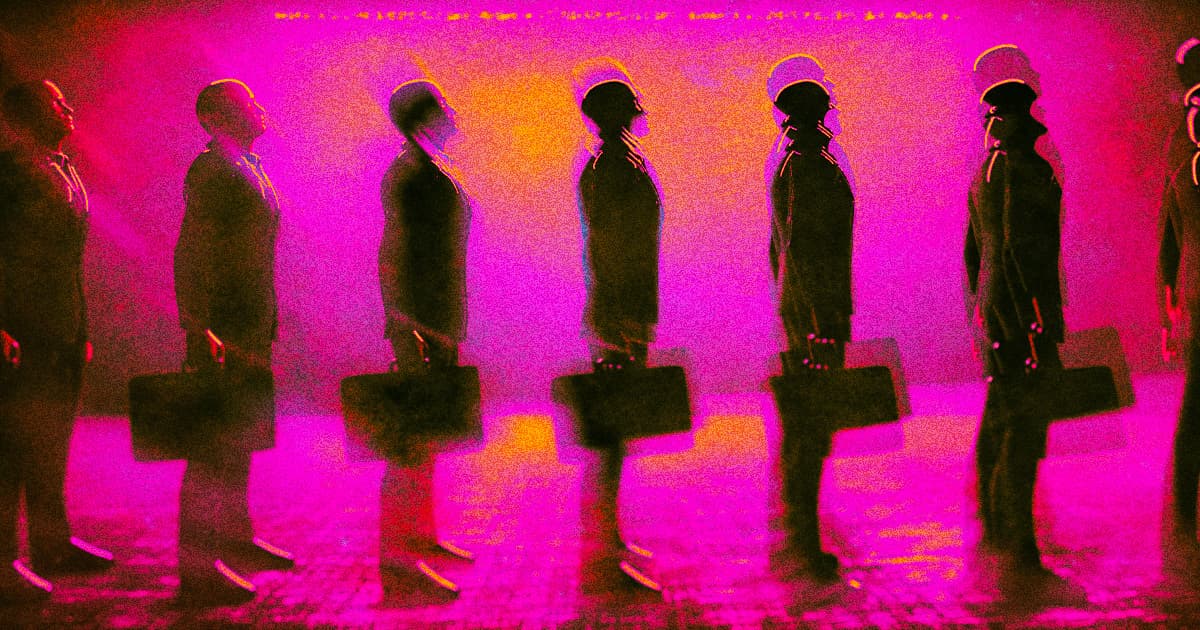"We want to get to general-purpose humanoids as soon as we can."
Pumping Out Robots
The world's first factory mass-produced humanoid robots will soon be opening in the Pacific Northwest. God help us all.
Agility Robotics CEO Damion Shelton told Axios in an unsettling interview that the company is slated to make 10,000 robots at its "RoboFab" facility once it reaches its "peak."
Shelton used the term "humanoids" to refer to its walking and working robots produced for companies like Amazon. The company's forthcoming move from its smaller factory in the tiny town of Tangent, Oregon to the much larger "RoboFab" plant in the nearby city of Salem will see it going from a tangential player in the robotics sphere to, if successful, one of the largest-producing in the United States.
"We've placed a very high priority on just getting robots out there as fast as possible," Shelton told Axios. "Our big plan is that we want to get to general-purpose humanoids as soon as we can."
Amazon has begun testing humanoid robots, named Digit, in its US warehouses. This development marks another significant step in the company’s automation initiatives.
— Trusted official (@TrustedTrusted4) November 28, 2023
Age of Automation
Agility Robotics' plans are extremely ambitious, to say the least. Since its founding in 2016, Agility has only made about 100 robots. As Axios reports, the company now has a growing backlog for its "Digit" model, which made waves in October after the company announced that Amazon is currently testing it for use in its own factories.
Initially, RoboFab will only produce its bipedal "humanoids" in the hundreds. But within a few years, Shelton plans to see the facility "have a significantly larger capacity of 10,000 robots per year, peak."
News of Agility's new factory — which doesn't yet have an exact opening date — comes just a month after China called on the country's private sector to ramp up facilities that build humanoid robots so that the nation can reach mass production by the year 2025 and become the world's leader in the tech by 2027.
Although neither China nor Agility has said much about the human workers who may be replaced by automation, Amazon of all places has at least paid lip service to their plight in the age of robots.
As Axios points out, the company announced earlier this year that it was leading a study with MIT to see how automation affects human workers, and claimed that the 750,000 robots it's deployed have created more than 700 new job categories for IRL humans.
But if Amazon is leading the charge for human labor in the wake of robotic automation, however, we may all be screwed.
More on robot hell: Grocery Robot Crushes Robot Inspector to Death
Share This Article
